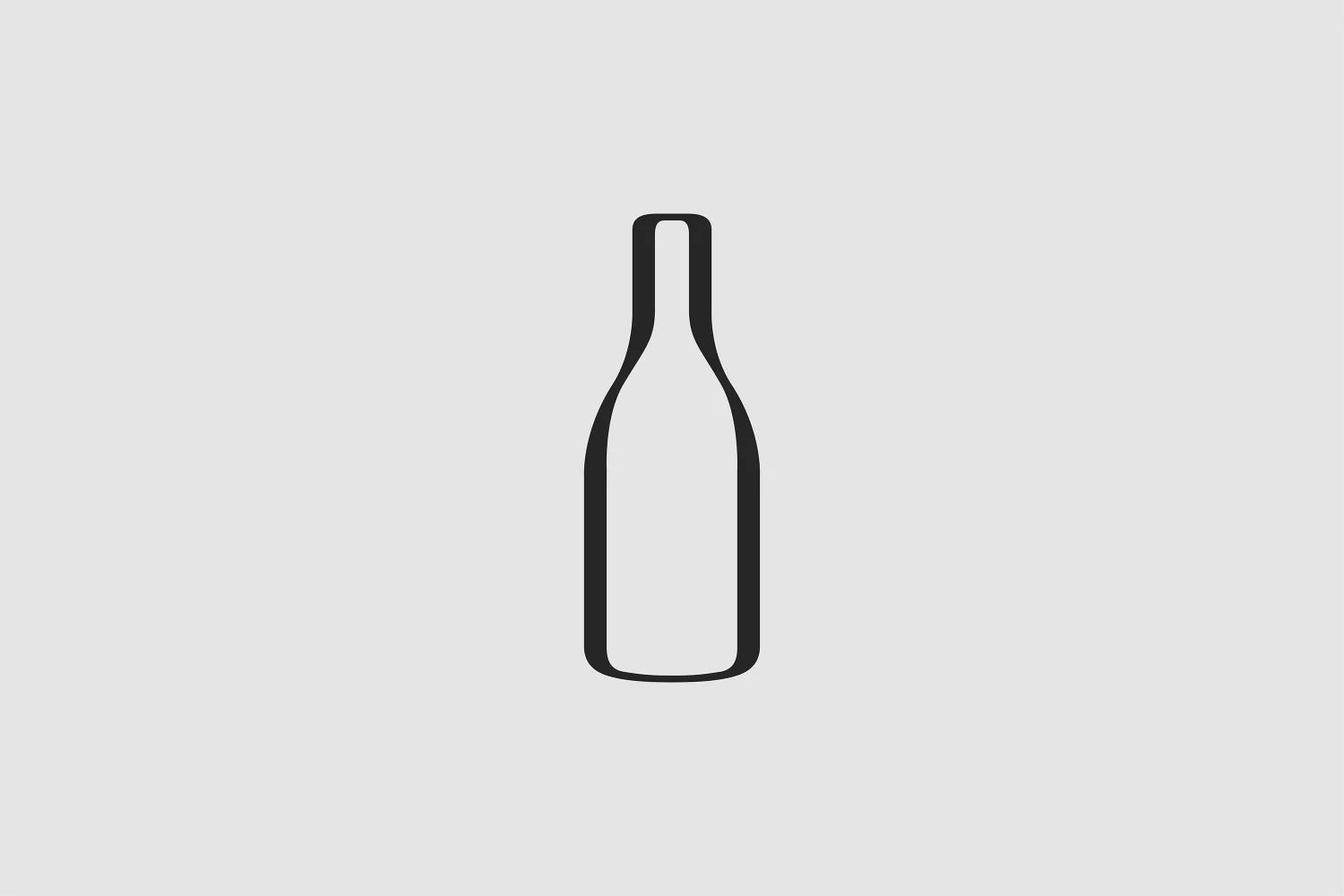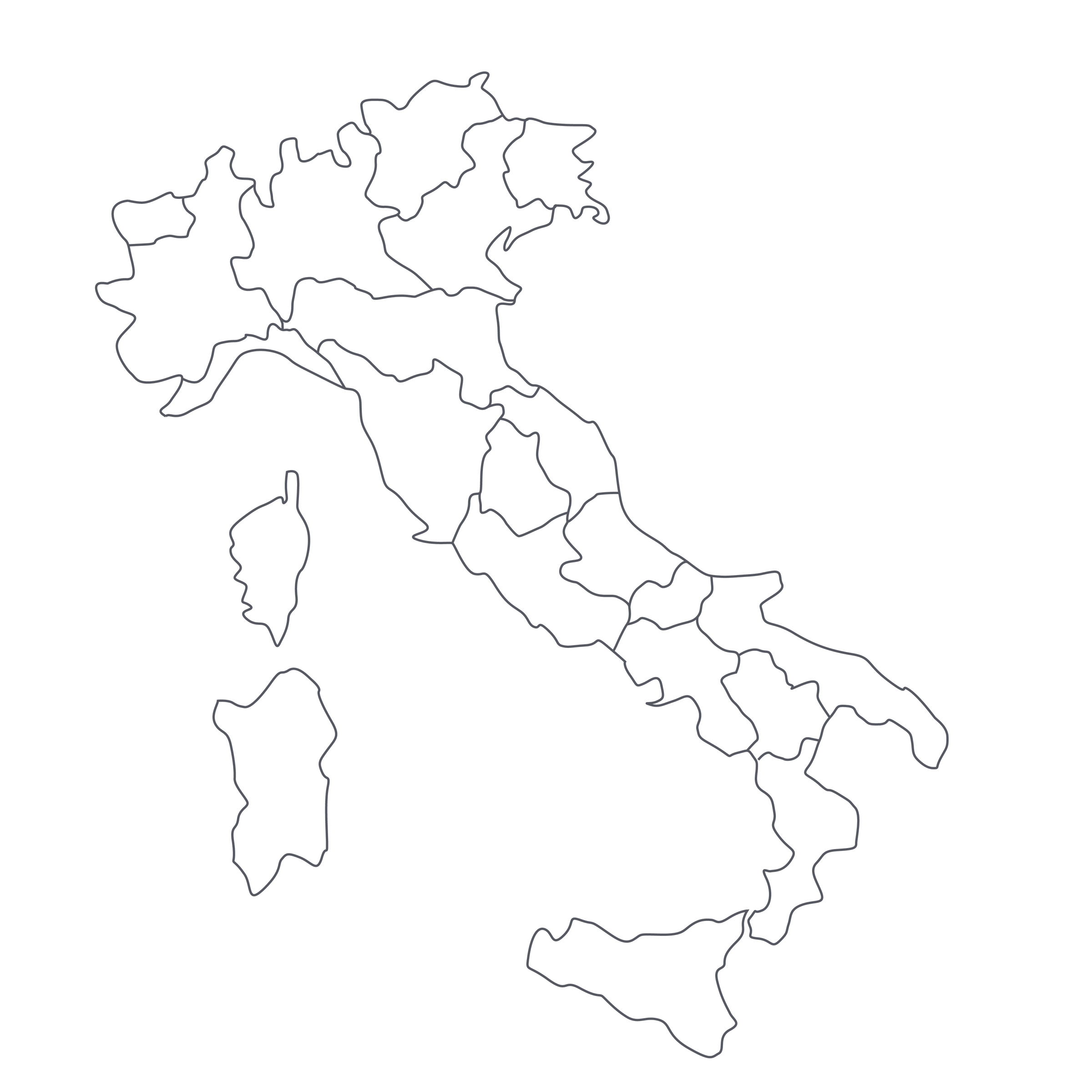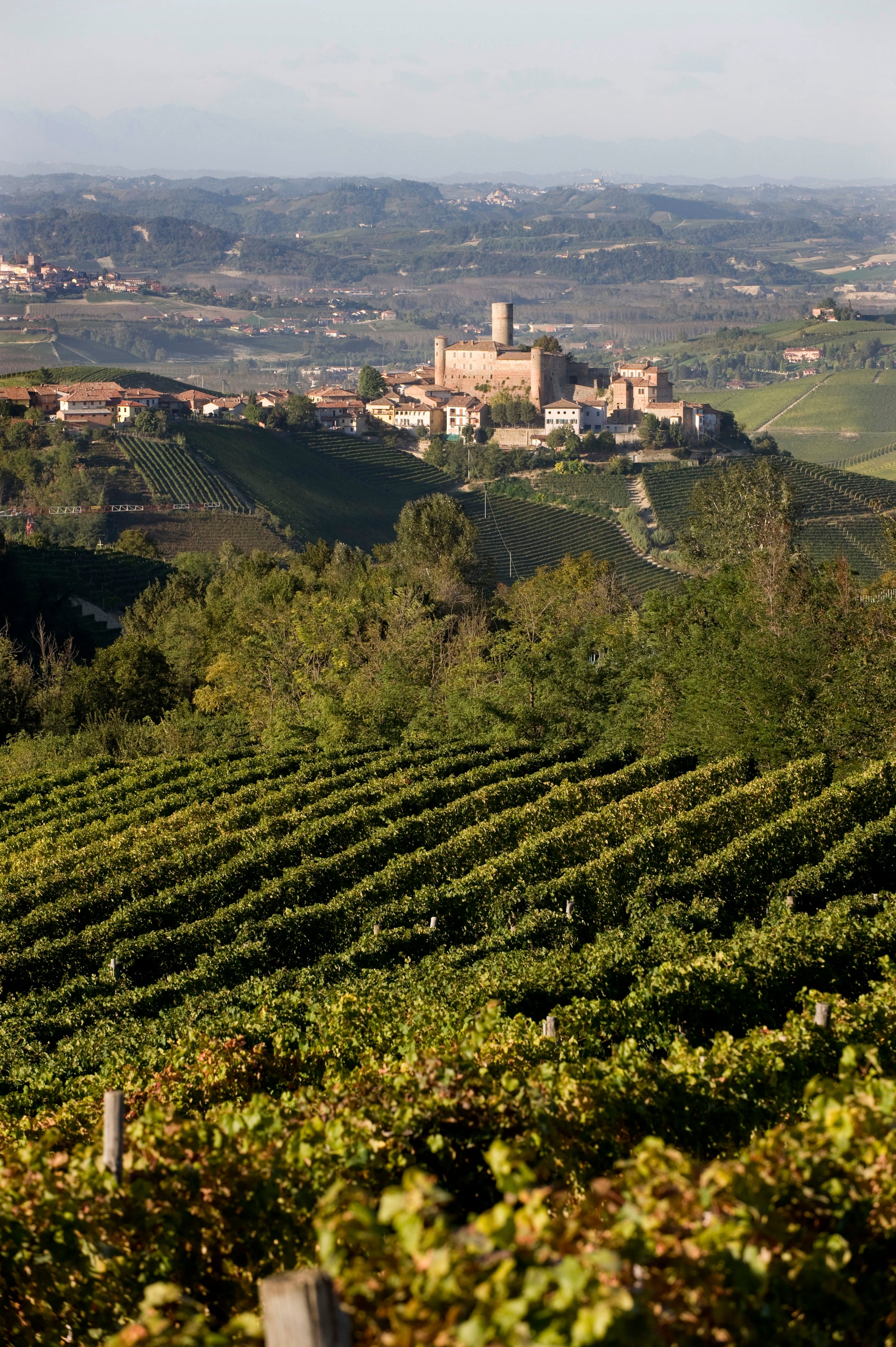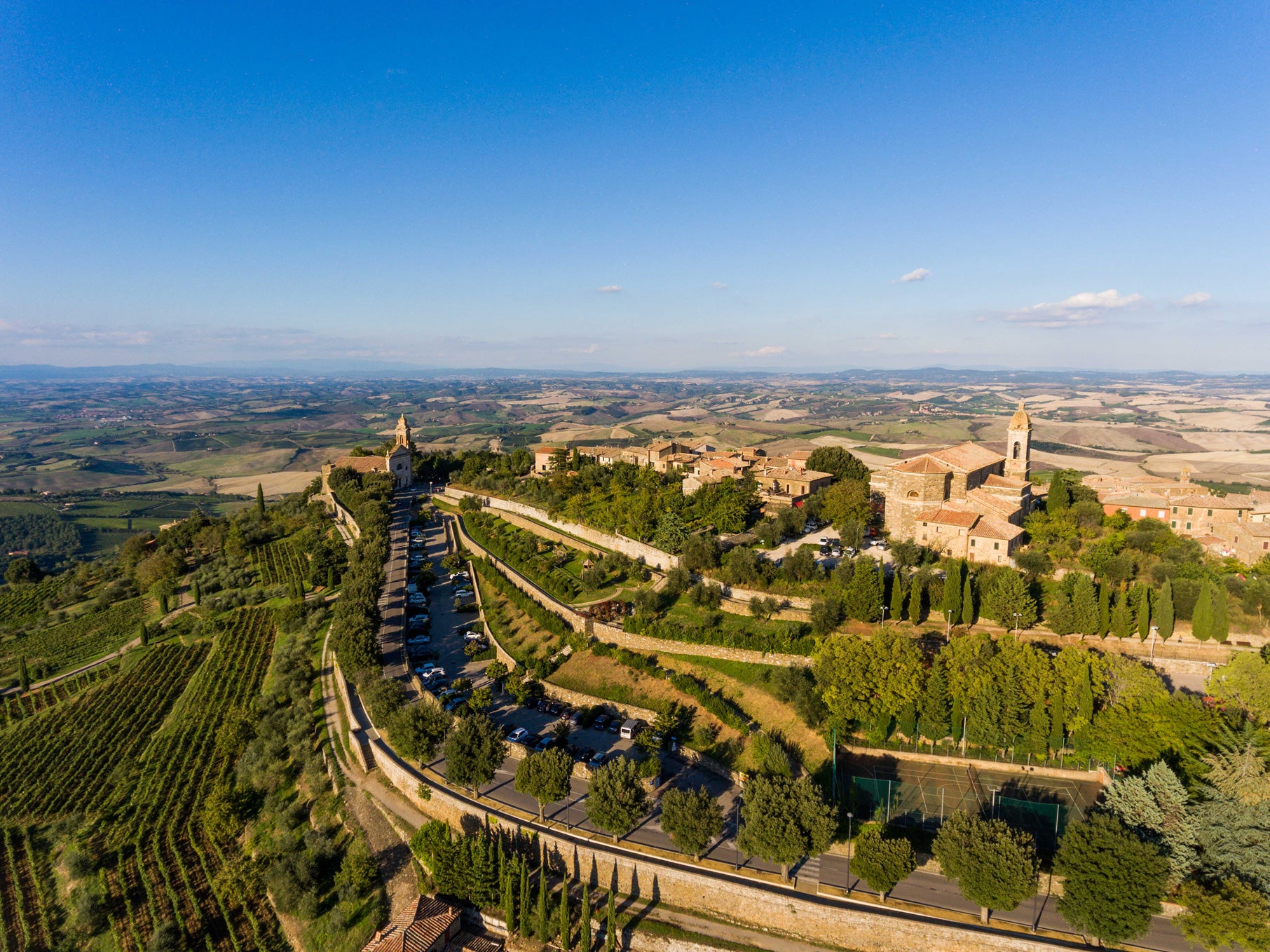Today we have what’s known in the trade as an “allocated” wine. For the importer who brings Cappellano Barolo to the US, it’s not a matter of selling it—it’s about distributing the small amount they have fairly among their many clients. Like everyone else, we wanted more of Cappellano’s “Piè Rupestris'' than we were allotted, but that’s just how it goes: When a new vintage of this wine hits our shores, retailers and sommeliers are like Piranhas with blood in the water. Cappellano’s soulful, naturally made Barolos are some of the most moving expressions of the Nebbiolo grape one could ever hope to drink, from a family whose history in the Barolo region surely qualifies as “epic.”
The largest piazza in the village of Serralunga d’Alba is named for them, and today it’s Augusto Cappellano at the helm of the wine estate made famous by his charismatic father, Teobaldo (who passed away in 2009). Sourced from just four hectares of lovingly tended vines in the “Gabutti” vineyard, Cappellano’s wines—even this “flagship” Barolo bottling—are never in large supply, and this ’16 is no exception. We can offer up to three bottles per customer until it disappears, which, if history is any guide, will happen quickly.
The “Gabutti” vineyard is a southwest-facing slope in Serralunga d’Alba, but in a move that characterized Teobaldo Cappellano’s approach to wine and life, he put the name of the farmer who sold him the land—Otin Fiorin—on the label. It has remained there, as has another somewhat obscure indicator, “Piè Rupestris,” which refers to vines that at one point in time had been re-planted on American rootstock. The Cappellano family’s history in Barolo dates to the pre-phylloxera days, and Teobaldo, upon entering the family business in earnest in the 1950s, searched for (and found) pre-phylloxera rootstocks to use in the Gabutti cru. An even rarer Barolo bottling, called “Piè Franco,” is produced from those vines.
As Augusto Cappellano describes it, his father was a romantic and a bit of an anarchist; he was one of the founding members of the Italian collective called “Vini Veri,” which is devoted to organic farming practices and traditional winemaking techniques, and became well-known in Italy and elsewhere for his polite, yet impassioned, request that wine critics not assign scores to his wines. This is surely one reason these wines continue to fly under the radar; he never submitted them for “review”!
Continuing in the same manner as his father, Augusto Cappellano subjects his Barolo to a long maceration on the grape skins during the initial fermentation, ages it in large, used Slavonian oak botti, and bottles it unfined and unfiltered. It is “traditional” Barolo to be sure, but don’t mistake “traditional” for “funky” and “rustic” (which is still easy to do in Barolo). There’s a crystalline purity, and substantial concentration, to the Nebbiolo fruit that lends this 2016 a strong resemblance to top-tier Côte de Nuits red Burgundy. In the glass, it’s a classic garnet-red moving to brick-orange at the rim. There’s an assertive blast of cherry kirsch and red currant on the nose, accented with aromas of rose petal, violet, warm spice, dried herbs, and a hint of leather. This being Nebbiolo, the tannins are firm, but not at all overbearing—for a wine from the village of Serralunga, which is known for its stonier, more powerful styles of Barolo, this is a relatively sweet-tempered expression; it is drinkable now if given a good amount of air (60 minutes feels right) and served at 60-65 in big Burgundy stems, but 20 years of graceful evolution is to be expected. Take the extra time to make some fresh, eggy pasta or a beautiful risotto for this wine—it deserves the best!




